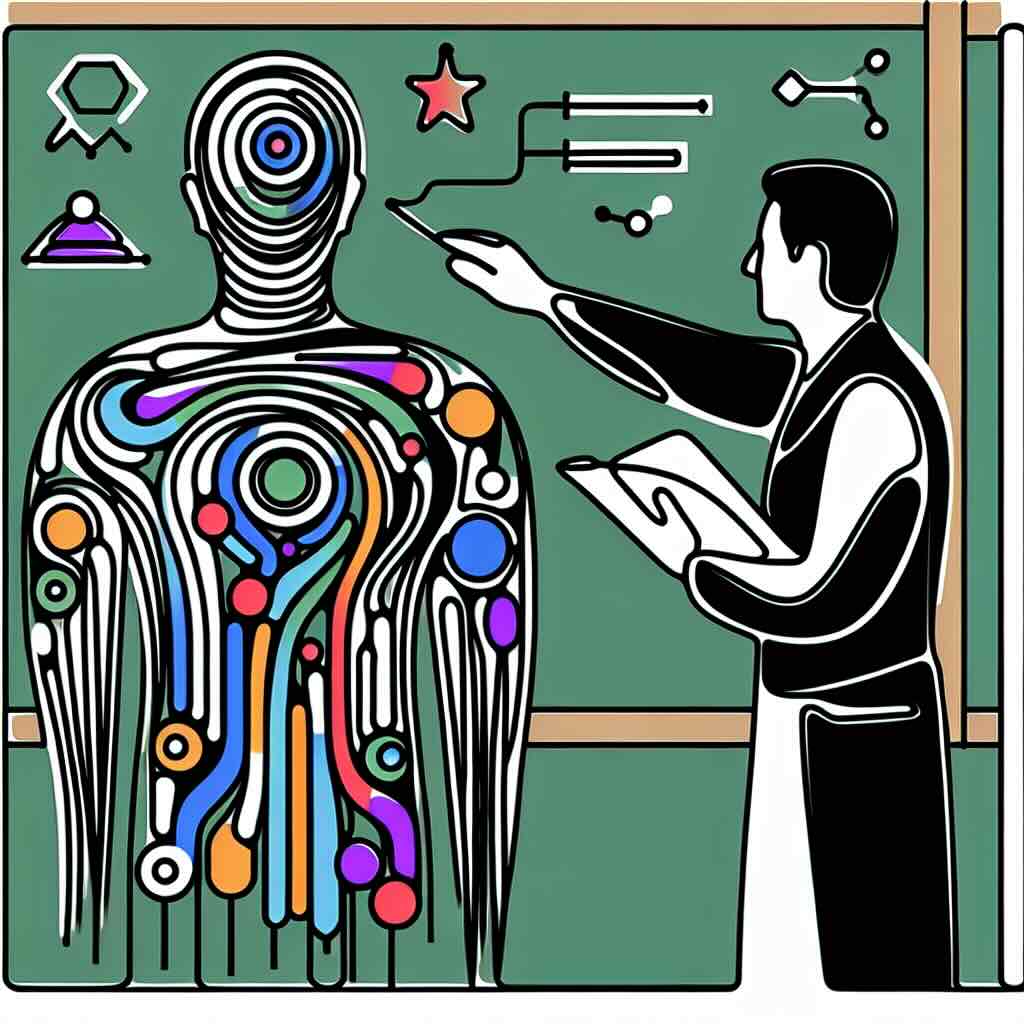In the world of instructional design, human-centred design ensures that learning experiences are tailored to meet the real needs of learners. By focusing on learners first, designers can create more engaging, effective, and relevant educational experiences. This post will guide new instructional designers through the core principles of human-centred design and how to apply them when creating learning experiences.
Table of Contents
1. Understanding Human-Centered Design
2. Engaging Learners Through Empathy
3. Iterative Design and Feedback
4. Designing with Accessibility and Inclusivity
5. Benefits
6. Risks
7. One Thing You Can Try Today
8. Conclusion
9. Try it Yourself
10. Related Topics
Understanding Human-Centred Design
Human-centred design (HCD) places learners at the core of the design process, ensuring that educational solutions are crafted to meet their specific needs. Rooted in empathy and collaboration, HCD starts with understanding learners’ contexts, challenges, and aspirations. By prioritising the learner experience, instructional designers can create training programs and educational materials that enhance understanding and retention. Central to HCD are principles like empathy, co-design, and iterative prototyping, which collectively contribute to developing solutions that resonate deeply with learners.
Engaging Learners Through Empathy
Empathy is foundational in human-centred design. To design experiences that truly resonate, instructional designers need to understand lifeworlds, challenges, and motivations of their learners. Conducting user interviews, creating personas, and observing real-life learning environments are key activities for developing empathy. By stepping into learners' shoes, designers can uncover insights that inform more relevant and impactful educational materials. Building this emotional connection helps in creating learning experiences that are not only informative but also deeply engaging and motivating.
Iterative Design and Feedback
Iterative design involves cycles of prototyping, testing, and refining educational materials based on learner feedback. This approach ensures that the learning experience evolves in response to real user needs rather than assumptions. Each iteration brings designers closer to a solution that aligns with learner expectations and improves outcomes. Engaging learners in the feedback process builds a sense of ownership, making them feel valued and more likely to engage actively with the content. Ultimately, the iterative approach fosters continuous improvement and relevance.
Designing with Accessibility and Inclusivity
Ensuring that learning experiences are accessible and inclusive is a vital aspect of human-centred design. Accessibility involves creating content that can be used by people with various disabilities, while inclusivity focuses on making content relatable to diverse groups. This means considering different cultural contexts, varying levels of prior knowledge, and multiple learning pathways. Designing with these factors in mind not only broadens the reach of the educational material but also demonstrates a commitment to equity and respect for all learners.
Benefits
Human-centred design leads to learning experiences that are more engaging, relevant, and effective. By focusing on actual learner needs, designers create materials that are easier to understand and more applicable. This approach can result in higher satisfaction and better learning outcomes. Moreover, iterative feedback loops and co-design with learners often lead to innovative solutions and continuous improvement.
Risks
However, HCD isn’t without its challenges. Without careful management, it can become time-consuming and resource-intensive. There’s also the risk of over-reliance on qualitative data, which might skew the design process if not balanced with quantitative measures. Lastly, designs that overly cater to specific user groups may inadvertently exclude others, making it crucial to maintain a balance between personalisation and inclusivity.
One Thing You Can Try Today
Quick Exercise: Create a Learner Persona
1. Identify a demographic group you’re designing for and research their characteristics, needs, challenges, and preferences.
2. Set up a representative persona in Coursensu, complete with their background, goals, and pain points that your training will address.
3. Review your learning design with the simulated persona and reflect on the feedback received. This is instant and powered by the Coursensu AI co-pilot.
By doing this exercise, you build empathy from creating the persona, then test your designs and begin designing with a clearer understanding of your audience.
Conclusion
Human-centred design is a valuable approach for creating learner-focused educational experiences. By prioritising empathy, inclusive design, and iterative development, instructional designers can ensure that their materials are both effective and engaging. While there are some risks, the benefits of relevance and improved learner outcomes make it well worth implementing.
Try it Yourself
To start implementing human-centered design in your instructional projects:
1. Conduct learner interviews to gather insights about their needs and challenges.
2. Create detailed personas to guide your design process.
3. Develop prototypes and solicit feedback from actual users to refine your materials.
Related Topics
- Empathy in Instructional Design
- Inclusive Learning Environments
- Effective User Feedback in E-Learning
- Accessible Education
- Prototyping in Educational Design







